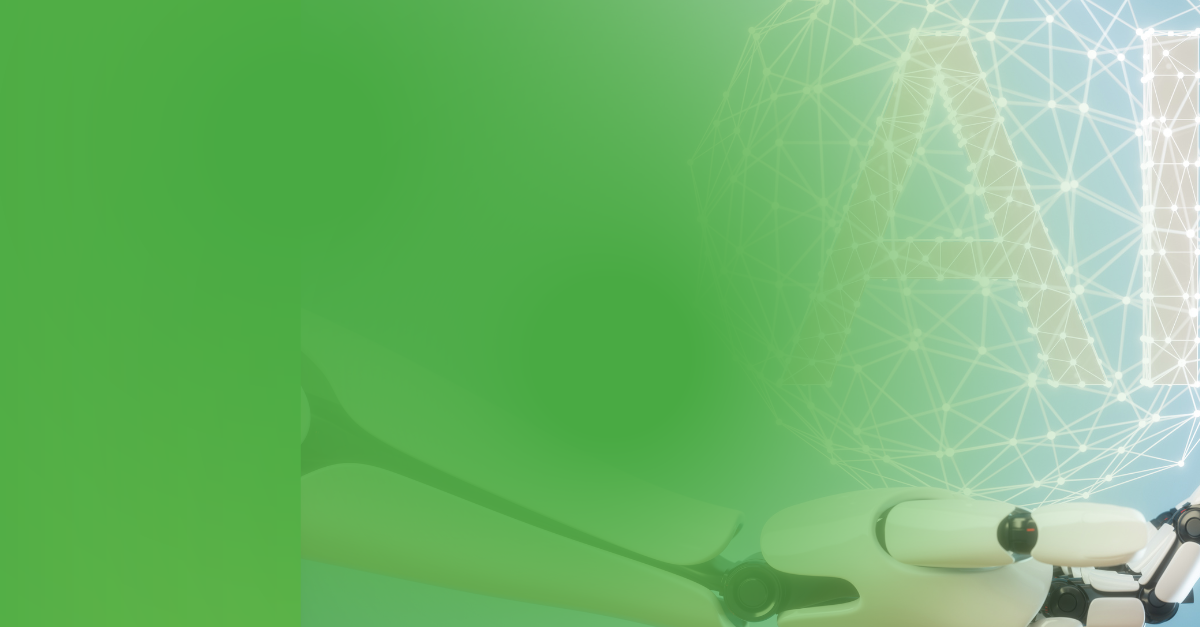Human beings communicate with one another incessantly in different (and even unconscious) ways. If you are not speaking, then you are probably gesturing with your hands to get across your point. The tone of your voice and even the speed of which you speak conveys some message to the receiver.
We also signal with our eyes—frowning to disapprove or raising our brows to express surprise. Many of us choose to make a statement with our attire, hair color, and the accessories we wear. Our stance, gait, and posture also transfer meaning. These are the myriad of symbols that we use to convey our message.
We use some symbols intentionally. At other times, we use symbols unintentionally and end up projecting an image or sending a message that we didn’t wish to or had not planned for.
What is equally interesting is how others interpret the meaning we convey. The meaning you want or try to send might not be what other people understand. In fact, different people might read differently into the same set of symbols and interpret our messages differently. People understand a message based on their gender, age, education, cultural upbringing, intelligence (both cognitive and emotional), and the unique experiences that one has been through.
It is no wonder miscommunication, and misunderstandings are common. You have to get so many things right to communicate effectively.
Elements and Steps of the Communication Process
Communication is as critical in an eLearning environment as it is in a face-to-face training session. It is not that instructional designers do not realize this truth, but many still lose the way when they have to “communicate” to their audience. They fail to send the right message to the right audience using the most appropriate channel. The result: learners are confused, and ID folks are frustrated to see their efforts going to waste.
If you, as an ID person, want to reach out to and connect at a deep level with your learners, stop and step away from the drawing board. Go back to the basics and review what makes for effective communication. Let us help you jog your memory; let’s go over the elements and stages of communication.
Instructional Designers, after all, are communicators. Therefore, they must know how effective communication takes place online. Following are the eight factors that are involved:
1) Sender
The sender (you) is the entity that transmits the message.
2) Encoding
This is the process by which the sender converts his or her thoughts into a set of symbols. The sender has to make sure that the receiver understands these symbols.
3) Message
This is the set of symbols that the sender transmits to the receiver.
4) Media
This is the channel through which communication or the transfer of a message from the sender to the receiver takes place.
5) Decoding
Decoding is the act of converting the symbols into meaning by the receiver of the message.
6) Receiver
The receiver (learner) is the entity that receives the message that was transmitted by the sender.
7) Feedback
Feedback is a response to some information. It can be provided by both the sender and the receiver of the message. The relevance of the feedback depends on the receiver receiving and deciphering the message in the way the sender had intended for it to be understood.
8) Noise
Noise is an unplanned and undesirable distortion of the message during the communication process. If there is noise, the receiver deciphers and interprets the message wrongly.
Here’s how these eight elements of the communication process come together in eLearning:
- You (the sender) create or encode the message, so learners understand and can act on it.
- You transmit the message to your audience. The message should consist of symbols—words, images, references, and sounds—that the audience can decode. Communication or the transfer of meaning fails when the recipient of the message is unable to understand and decipher it.
- The transmission can take place through channels like eLearning programs, podcasts, or videos.
- Your audience (the receiver) has to perceive your message. So you must make your message available to them in a physical format that they can see or listen to.
- Your audience decodes your message, which is a collection of symbols.
- Your audience interprets the symbols and assigns meaning to these.
- Your audience responds to your message by encoding or creating feedback. Depending on the learning environment, the feedback may be direct and immediate (in a face-to-face training session), or indirect and delayed (in the case of online training where learners may be asked to fill up a survey later). The feedback may consist of verbal or non-verbal symbols.
- Every stage and every action of the communication process may be affected by noise. Noise can be physical or psychological. Usually, physical noise stems from flaws in the communication and/or transmission equipment. Psychological noise can stem from cognitive or emotional dissonance. The learner may be distracted by something else that is going on in his life. He may dislike the trainer. The message might not resonate with his beliefs, or he may misinterpret it. He may be biased against the meaning that your message carries.
As you can see, communication is indeed a complex process. There are many stages and elements involved, and you have just noted that knowing your audience plays a key part in all of these. Here’s what you have to do to ensure that your eLearning audience reads correctly into your message:
- You have to encode properly. This means choosing only relevant information. Adhering to the rule of simplicity ensures that learners only receive as much material as they can absorb. Read more here.
- Transmit your message via channels that your audience is familiar with.
- Deliver your message to devices that your audience has access to and can navigate effortlessly.
- Craft your message using words, graphics, analogies, and references that your audience can understand. This ensures there is no misinterpretation. But make sure not overpowering the communication with the design.
- Create your message using symbols that your audience approves of and can relate to. This ensures they are not biased against your message.
- You have to eliminate noise or remove distractions that come in the way of effective communication. Distractions can take many forms—a cluttered and confusing course design, external noises, or an unfocused learner. These distractions prevent learners from engaging with your course. You cannot control all distractions, but you must minimize or remove the ones that you can. For instance, make sure that you use compelling multimedia elements that intrigue learners, but they must also not distract learners from the core teach. You have to ensure that the audio narrations are crystal clear, so learners can concentrate on learning instead of straining to catch the words.
- Evaluate the purpose of the message you transmit to the audience. You must be certain about the results you want to achieve—impart information, elicit a particular action from the audience, or change or tweak some belief in the learners.
But to initiate the communication process and ensure that it is effective, you have to identify the target audience first. You have to know them before you can create the right message that will resonate with them. For this, you have to carry out a thorough audience analysis.
You have to peek into their minds and delve into their hearts to know what stirs them and resonates with the core of their being. You have to understand their learning preferences and their educational background. You have to learn about the life experiences and previous work experiences that have molded them. You also have to find out about the devices they use and the channels they use to seek out and consume information.
Use this template to carr out an eLearning audience analysis.
Also read: If You Confuse Them, You Lose Them: 4 Steps to Effective Communication in eLearning
Sources:








